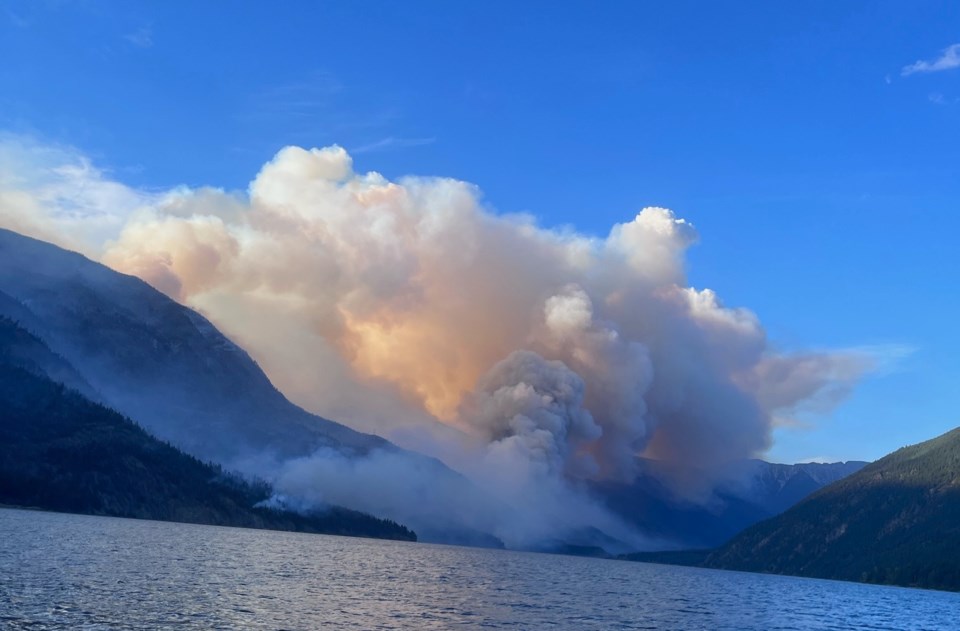The Squamish-Lillooet Regional District (SLRD) board has approved new rules regulating how residents landscape near their homes. The new bylaw targets the installation of new landscaping and the maintenance of existing yards.
It prohibits the planting of highly flammable species—such as juniper, cedar and yew—within 10 metres of buildings; requires grass be kept under 20 centimetres and woody debris be removed after land-clearing; and requires coniferous trees be pruned and spaced apart.
Fire-prone trees and shrubs are to be kept at least 1.5 metres away from structures, and trees or plants growing under buildings’ eaves should be removed.
“This new bylaw is an important addition to our wildfire protection and mitigation toolkit,” said SLRD board chair Jen Ford in a statement.
“By formally aligning regulations for new and existing landscaping with FireSmart BC best practices, we’re ensuring residents and property owners make safer choices for their yards and this, in turn, benefits the entire region.”
The new wildfire landscaping management bylaw applies in Electoral Areas A, B, C and D, but does not include properties located within the district of Lillooet, Village of Pemberton, Resort Municipality of Whistler or District of Squamish.
While the bylaw includes fines of up to $2,000 for non-compliance, several directors stressed the intent is to focus on outreach and voluntary compliance.
“I am confident that we use an education-first approach with our bylaws, and that this is meant to be one additional tool in our toolbox for situations that are very out of compliance in our collective effort across the region to ensure that our communities are as safe [as] possible,” said Area A director Sale Demare at the July 23 SLRD board meeting.
Others, including Area D director Tony Rainbow, questioned whether enforcement powers were premature for rural areas still working toward widespread FireSmart participation.
Senior planner Claire Dewar told the board the bylaw’s real value may be in its ability to steer landscaping companies, nurseries and retailers toward fire-resistant plant options, while giving residents clear, codified guidance. She added maintenance rules for existing landscaping are “lighter” than those for new installations.
Other wildfire policy changes advance
The landscaping bylaw is part of a larger wildfire resilience package the SLRD is moving through the boardroom. On July 23, the board gave first reading to four amendment bylaws updating Wildfire Protection Development Permit Areas (DPAs) across all rural electoral areas.
Funded in part by $11,500 from the provincial Community Resilience Investment program, the changes would standardize wildfire hazard DPA rules in the Official Community Plans, require non-combustible roofing for new builds and give property owners flexibility in choosing other FireSmart measures. Those alternate measures include fire-resistant siding, landscaping or tree spacing to “the greatest extent possible,” based on site conditions.
The DPA updates also exempt small-scale multi-unit housing projects (four units or fewer) from form-and-character permitting—which focuses on the visual and aesthetic aspects of a building compared to its surrounding environment. The exemption follows a directive from Housing Minister Ravi Kahlon.
Referral of the bylaws to local municipalities, First Nations and provincial agencies is now underway.





